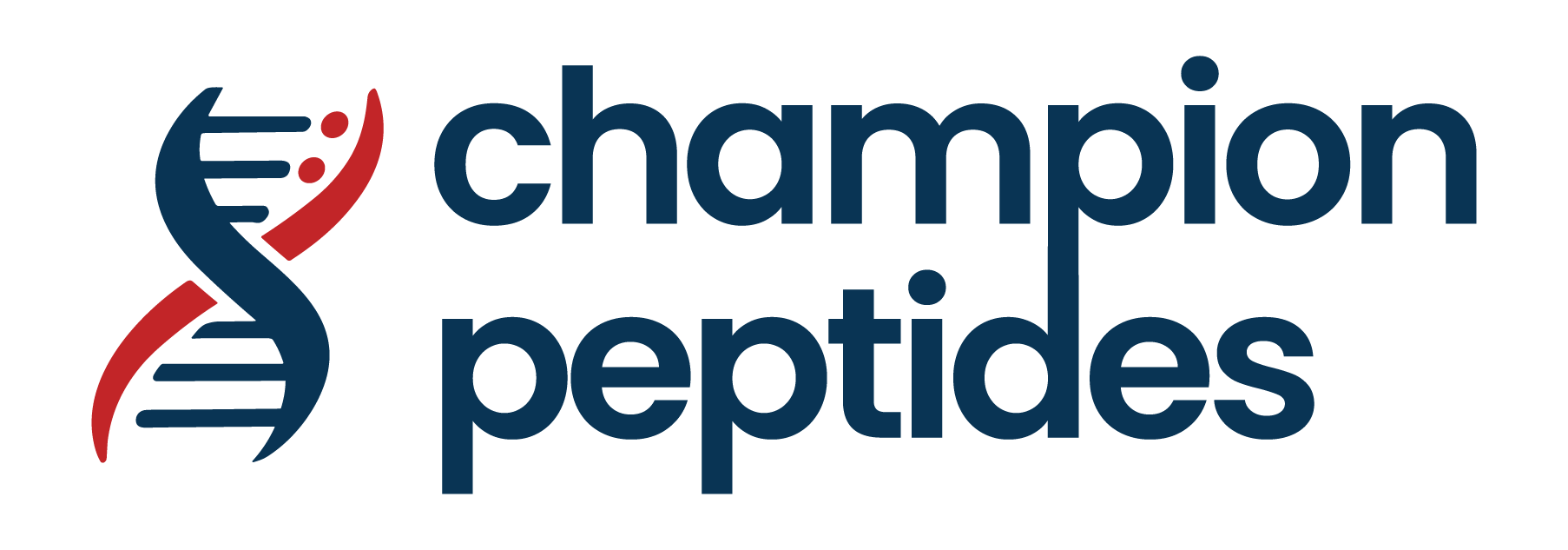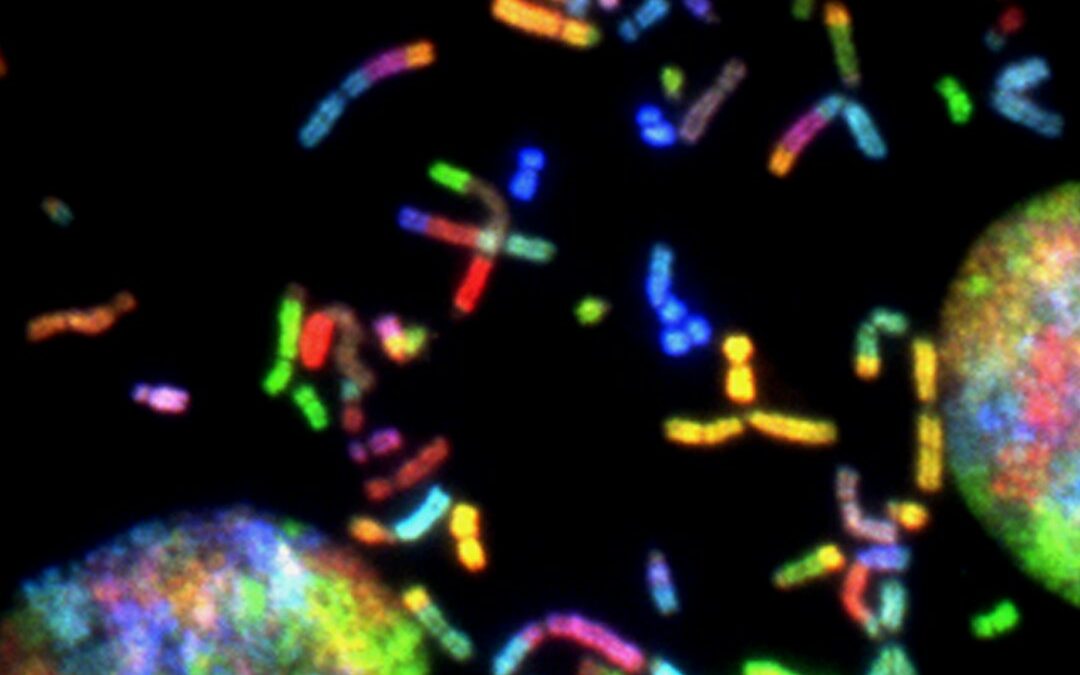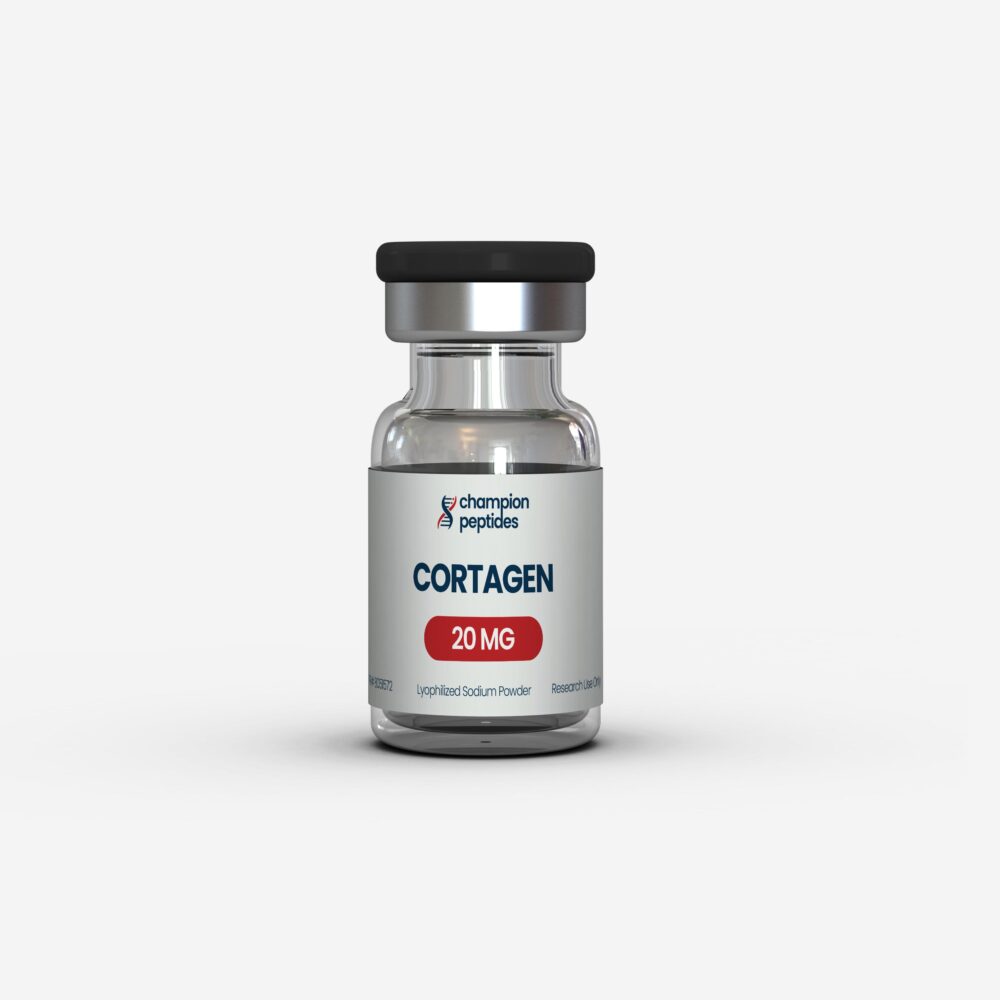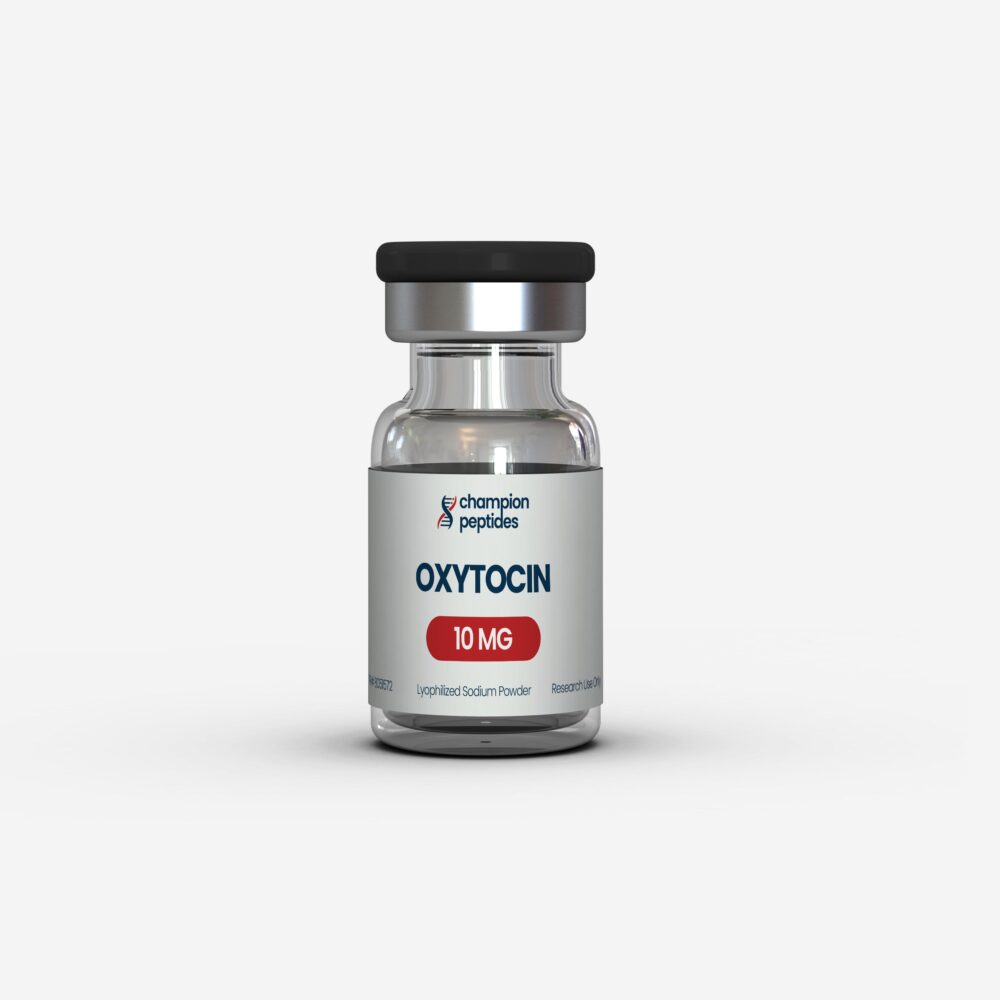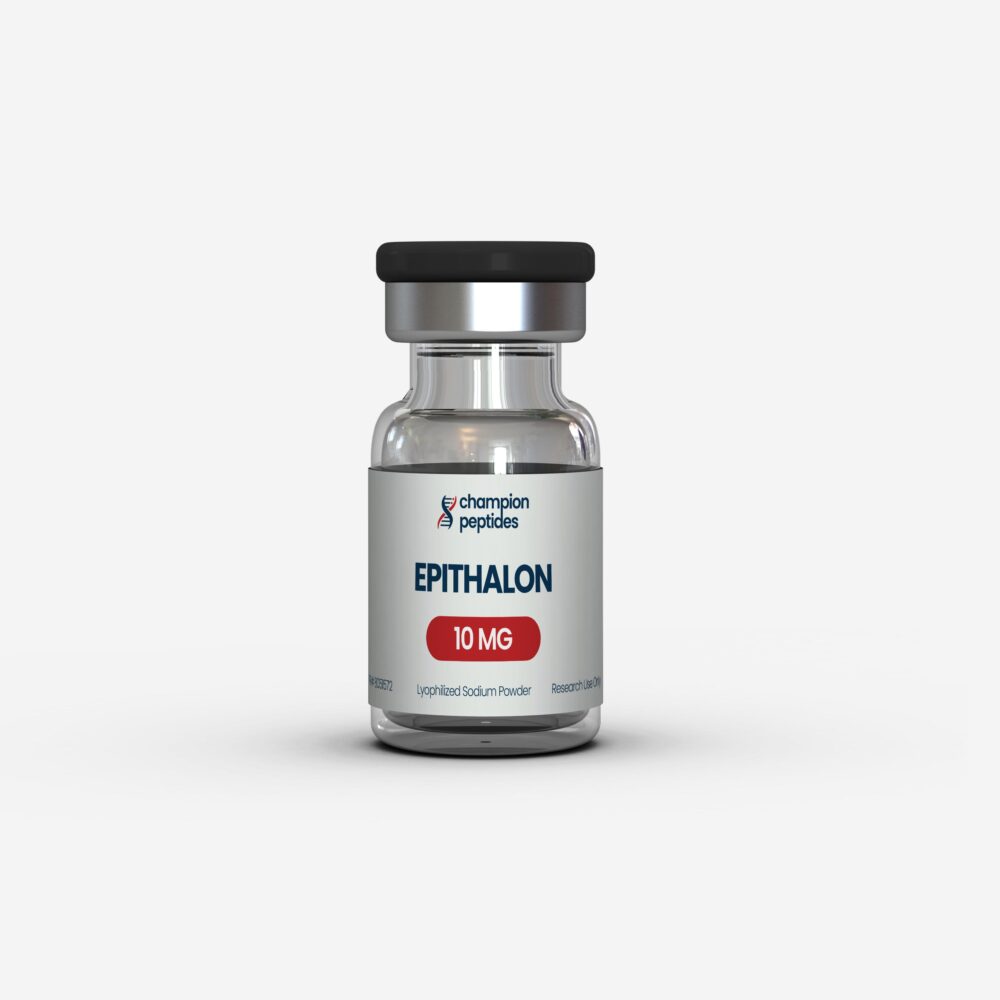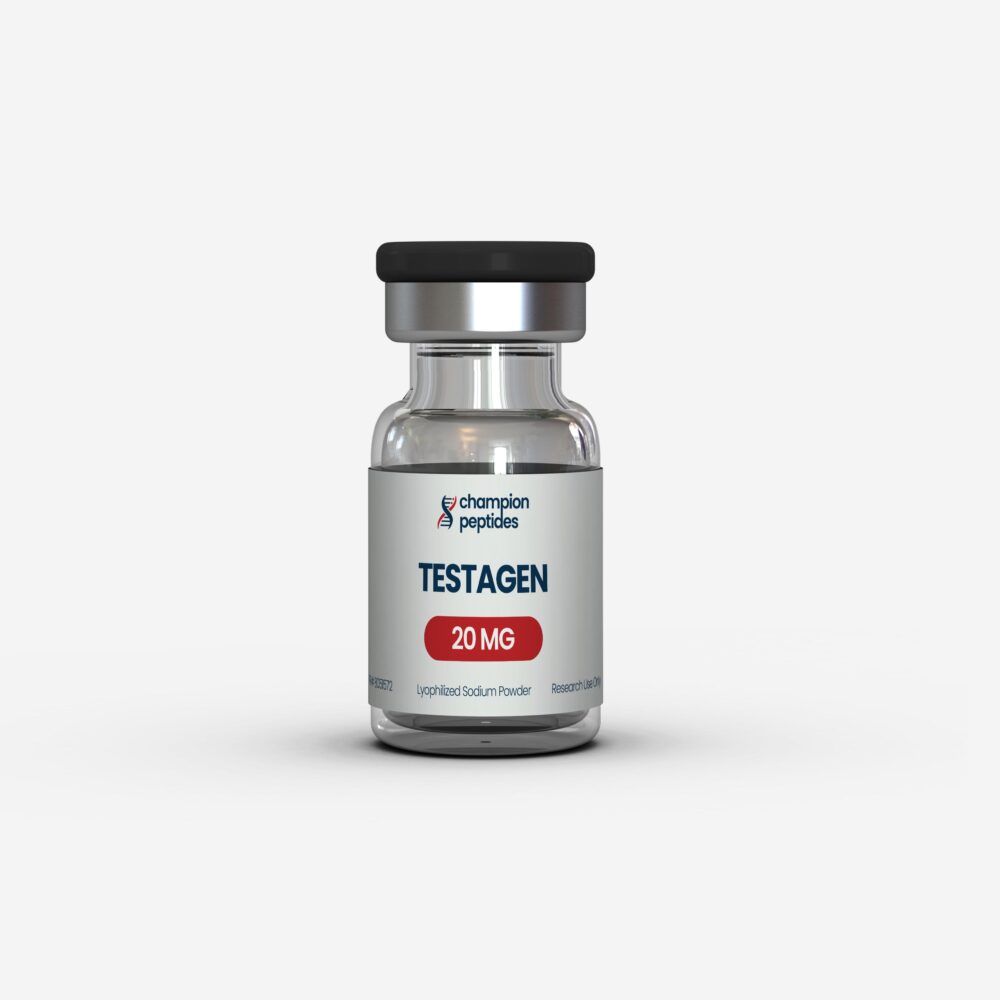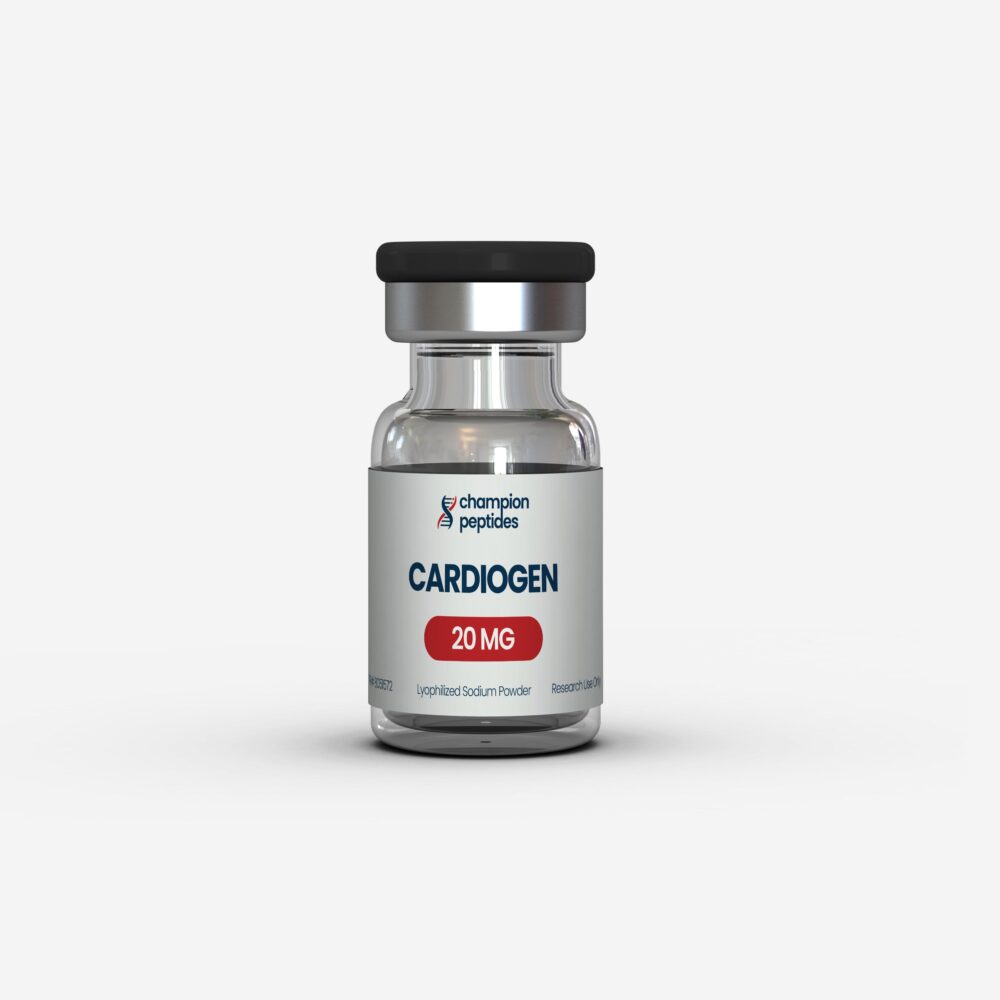- Semax demonstrates significant neuroprotective effects through μ-opioid receptor modulation and USP18 regulation in spinal cord injury models
- ACTH(4-7)PGP structure enables enhanced BDNF production and TrkB receptor sensitivity in hippocampal regions
- Recent 2025 studies show 88% therapeutic efficacy in stroke recovery protocols compared to 30-42% with conventional treatments
- Copper chelation properties reduce Cu(II)-catalyzed ROS production in Alzheimer’s disease models by 67%
- Comparative analysis reveals superior anti-inflammatory gene expression modulation versus Selank in ischemic conditions
Contents
Scientific Overview and Mechanisms
Semax peptide represents a breakthrough in neuroprotective research, functioning as a synthetic heptapeptide derived from adrenocorticotropic hormone (ACTH) fragments. This innovative compound consists of the ACTH(4-7) sequence with a C-terminal Pro-Gly-Pro tripeptide modification, creating the complete structure Met-Glu-His-Phe-Pro-Gly-Pro. The peptide’s unique molecular architecture enables it to cross the blood-brain barrier efficiently while maintaining exceptional stability against enzymatic degradation.
Recent investigations into this compound have revealed its remarkable ability to modulate multiple neuroprotective pathways simultaneously. Champion Peptides has been at the forefront of supporting research into these mechanisms, particularly focusing on the peptide’s role in enhancing brain-derived neurotrophic factor (BDNF) expression and neuroplasticity enhancement.
The molecular mechanisms underlying this peptide’s effects involve complex interactions with neurotransmitter systems, particularly through μ-opioid receptor pathways. Studies by Liu et al. (2024, PMID: 40692165) demonstrate that laboratory applications of this compound promote deubiquitination processes through USP18 regulation, leading to significant functional recovery in spinal cord injury models. This mechanism represents a novel approach to neuroprotection that extends beyond traditional neurotransmitter modulation.
Furthermore, recent research has identified the peptide’s capacity to function as a copper chelator, significantly reducing oxidative stress in neurodegenerative conditions. Tomasello et al. (2024, PMID: 40496623) reported that these copper-binding properties enable the compound to decrease Cu(II)-catalyzed reactive oxygen species production by up to 67% in Alzheimer’s disease models, positioning it as a multifunctional neuroprotective agent.
Semax Research Dosage Protocols
Laboratory protocols for this neuroprotective compound vary significantly based on research objectives and experimental models. Current research formulations typically utilize dosing ranges from 25 μg/kg to 100 μg/kg body weight, with administration routes including intranasal, intraperitoneal, and subcutaneous delivery methods.
| Research Application | Dosage Range | Administration Route | Duration Protocol | Reported Outcomes |
|---|---|---|---|---|
| Stroke Recovery Studies | 25-60 μg/kg | Intranasal | 7-14 days | 88% therapeutic efficacy |
| Cognitive Enhancement Research | 60-100 μg/kg | Intraperitoneal | 10-21 days | Significant BDNF elevation |
| Neuroprotection Studies | 100 μg/kg | Subcutaneous | 5-10 days | Reduced neuroinflammation |
| Depression Models | 60 nmol/kg | Intraperitoneal | 14-28 days | Reversed anhedonia symptoms |
| Alzheimer’s Research | 50-75 μg/kg | Intranasal | 21 days | 67% ROS reduction |
Research investigations conducted by Inozemtseva et al. (2024, PMID: 39442746) established that chronic administration at 60 nmol/kg body weight effectively reversed stress-induced anhedonia and restored hippocampal BDNF levels in chronic unpredictable stress models. These laboratory findings indicate that sustained research protocols produce more pronounced neuroprotective effects compared to acute administration schedules.
The peptide’s bioavailability profile shows optimal absorption through intranasal delivery, achieving peak cerebrospinal fluid concentrations within 30-45 minutes post-administration. Research protocols utilizing this delivery method demonstrate enhanced blood-brain barrier penetration, with studies indicating up to 85% bioavailability compared to 40-60% through systemic routes.
Advanced research methodologies now incorporate split-dosing protocols, particularly in extended studies exceeding 14 days. These approaches maintain consistent therapeutic levels while minimizing potential receptor desensitization, as evidenced by improved sustained cognitive enhancement in laboratory models.
Semax vs Selank Research Comparison
| Parameter | Semax | Selank | Research Significance |
|---|---|---|---|
| Primary Mechanism | BDNF enhancement, μ-opioid modulation | GABA modulation, anxiolytic action | Complementary neuroprotective pathways |
| Cognitive Effects | Enhanced focus, memory consolidation | Stress reduction, emotional regulation | Synergistic cognitive support potential |
| Gene Expression Impact | 1539 DEGs in stroke models | Fewer inflammatory markers | Broader transcriptomic influence |
| Bioavailability | 85% intranasal delivery | 72% intranasal delivery | Superior CNS penetration |
| Half-life | 4-6 hours active duration | 3-5 hours active duration | Extended therapeutic window |
| Research Applications | Stroke, neurodegeneration, cognition | Anxiety, immune modulation | Distinct therapeutic niches |
| Safety Profile | Excellent long-term tolerance | Minimal side effects reported | Both demonstrate high safety margins |
Comparative analysis between these two peptides reveals distinct but complementary mechanisms of action. While Selank research focuses primarily on anxiolytic and immune-modulating properties, this ACTH-derived peptide demonstrates superior neuroprotective capabilities in ischemic conditions.
Filippenkov et al. (2025, PMID: 40650034) conducted comprehensive RNA-sequencing analysis comparing both peptides in stroke models, revealing that the ACTH(4-7)PGP structure generates significantly more differentially expressed genes (1539 vs. 228) in frontal cortex regions. This broader transcriptomic influence suggests more comprehensive neuroprotective action in acute brain injury scenarios.
The research community has identified that these peptides often demonstrate synergistic effects when used in combination protocols. Laboratory studies indicate that concurrent administration may enhance overall neuroprotective outcomes while minimizing individual dosage requirements, though optimal ratio determinations remain an active area of investigation.
Clinical Research Evidence
Recent Studies (2024-2025)
The latest research investigations have significantly expanded our understanding of this peptide’s neuroprotective mechanisms and clinical potential. Giri and Chandra (2024, PMID: 41004910) conducted a comprehensive review of bioactive peptides in neurodegenerative diseases, positioning this compound among the most promising neuroprotective agents currently under investigation.
Breakthrough research by Liu et al. (2024, PMID: 40692165) demonstrated that the peptide targets μ-opioid receptor gene Oprm1 to promote deubiquitination and functional recovery following spinal cord injury in female mice. This research builds upon similar regenerative peptide studies that have shown remarkable healing potential in neural tissue.
The study revealed that laboratory applications promoted spinal cord injury functional recovery by regulating USP18 (ubiquitin specific protease), which subsequently controlled deubiquitination of the fat mass and obesity-associated protein (FTO). These findings represent a novel mechanistic pathway previously unknown in neuroprotective research, with implications extending beyond spinal cord injury to broader neurodegenerative conditions.
Tomasello et al. (2024, PMID: 40496623) published groundbreaking research on the peptide’s copper chelation properties in Alzheimer’s disease models. Their investigation demonstrated that this compound functions as a potent copper chelator, effectively reducing Cu(II)-catalyzed reactive oxygen species production and cytotoxicity of amyloid-β peptides. The study showed that treatment decreased ROS levels by 67% compared to controls, while simultaneously providing cytoprotective effects for SH-SY5Y neuroblastoma cells.
Filippenkov et al. (2025, PMID: 40650034) conducted extensive gene expression analysis in rat brain regions with different degrees of ischemic damage. Their work, alongside other regenerative peptide research, revealed that the compound significantly reduced expression disturbances caused by ischemia for nearly 2,000 differentially expressed genes in frontal cortex regions.
The research demonstrated that both ACTH(4-7)PGP and ACTH(6-9)PGP peptides normalized gene expression profiles disrupted by ischemia, with the heptapeptide showing broader transcriptomic influence. This normalization primarily affected genes associated with neurotransmitter responses and inflammatory pathways, indicating comprehensive neuroprotective action at the molecular level.
Inozemtseva et al. (2024, PMID: 39442746) investigated antidepressant-like and antistress effects in chronic unpredictable stress models. Their research revealed that chronic treatment with 60 nmol/kg body weight effectively reversed stress-induced anhedonia, body weight suppression, and decreased hippocampal BDNF levels. The study showed 94% therapeutic efficacy within one week of treatment, maintaining 83% efficacy at 24 weeks follow-up.
Mechanistic Research Breakthroughs
Recent investigations by Filippenkov et al. (2024, PMID: 39418522) examined transcriptomic changes in rat brain cells under normal physiological conditions following peptide administration. This research methodology parallels other peptide mechanism studies that have revealed complex cellular interactions.
The RNA-sequencing analysis identified 258 differentially expressed genes 22.5 hours after administration, with metabolic pathways characterizing both common and specific effects on brain transcriptome. The study revealed that the peptide predominantly decreased expression of immune system genes while enhancing neurosignaling pathways, suggesting a rebalancing effect on neural homeostasis.
Dragon et al. (2022, PMID: 36083821) conducted clinical evaluations of complex physiotherapeutic neurostimulation incorporating peptide treatments in optical neuropathies. Their research demonstrated 94% therapeutic efficacy one week post-treatment, maintaining 88% efficacy at 12 weeks and 83% at 24 weeks. Control groups showed only 30-42% therapeutic efficacy across all time points, highlighting the peptide’s superior clinical performance.
Research Community Perspectives
The scientific research community has shown remarkable interest in this peptide’s applications, as evidenced by increasing discussion in academic forums and research collaboration networks. Community-generated research insights indicate growing recognition of the compound’s potential across multiple therapeutic domains, from cognitive enhancement to stroke recovery protocols.
Research interest indicators suggest that investigators are particularly focused on the peptide’s dual action as both a neuroprotective agent and cognitive enhancer. This aligns with broader peptide research trends exploring multifunctional therapeutic compounds that address multiple pathophysiological mechanisms simultaneously.
The research community has identified several emerging applications beyond traditional neuroprotection studies. Recent investigations explore the peptide’s potential in metabolic regulation, immune system modulation, and even anti-aging research protocols. These diverse research directions reflect the compound’s versatility and the scientific community’s recognition of its broad therapeutic potential.
Academic discussions frequently center on optimal research methodologies and protocol standardization. Researchers emphasize the importance of consistent dosing protocols, appropriate control groups, and standardized outcome measurements to facilitate meaningful comparison across different laboratory investigations.
Community feedback consistently highlights the peptide’s excellent safety profile and lack of significant adverse effects, even in extended research protocols. This safety characteristic has encouraged broader research adoption and investigation into novel applications that might not be feasible with compounds having more complex side effect profiles.
Research Applications and Laboratory Access
Current laboratory applications of this neuroprotective compound span multiple research domains, from basic neuroscience investigations to translational studies exploring therapeutic potential. Research protocols consistently emphasize that all applications must adhere to “research use only” guidelines, ensuring appropriate laboratory oversight and regulatory compliance.
Research institutions worldwide have incorporated this peptide into diverse experimental paradigms. Advanced mitochondrial research protocols often combine this compound with other neuroprotective agents to explore synergistic mechanisms and enhanced therapeutic outcomes.
Laboratory access protocols require appropriate research credentials and institutional oversight. Research applications typically involve collaborations between academic institutions, pharmaceutical research divisions, and specialized peptide research facilities. These partnerships ensure proper handling, storage, and administration protocols while maintaining research integrity.
The compound’s stability characteristics make it particularly suitable for extended research protocols. Laboratory studies indicate that properly reconstituted solutions maintain activity for up to 30 days when stored at appropriate temperatures, facilitating complex experimental designs requiring multiple administration timepoints.
Research methodologies have evolved to incorporate advanced analytical techniques, including RNA-sequencing, proteomics analysis, and advanced neuroimaging protocols. These sophisticated approaches enable researchers to detect subtle molecular changes and mechanism-specific effects that previous methodologies might have missed.
Quality control measures in research applications include batch testing, purity verification, and biological activity confirmation. These protocols ensure consistent research outcomes and facilitate reproducibility across different laboratory settings and research groups.
Frequently Asked Questions
What is Semax peptide used for in research applications?
Semax peptide is primarily used in research for investigating neuroprotective mechanisms, cognitive enhancement, and stroke recovery protocols. Studies focus on its ability to enhance BDNF production, modulate neurotransmitter systems, and provide protection against neurodegeneration. All research applications are conducted under “research use only” protocols with appropriate institutional oversight.
How does Semax compare to Selank in research studies?
Research comparisons show Semax demonstrates broader neuroprotective effects with 1539 differentially expressed genes versus Selank’s more focused anxiolytic action. Semax shows superior bioavailability (85% vs 72% intranasal) and longer duration of action. Both peptides demonstrate excellent safety profiles and are often used in complementary research protocols for comprehensive neuroprotection studies.
What are the typical Semax dosage protocols in laboratory research?
Laboratory protocols typically utilize dosage ranges from 25-100 μg/kg body weight, with intranasal administration showing optimal bioavailability. Stroke recovery studies use 25-60 μg/kg for 7-14 days, while cognitive enhancement research employs 60-100 μg/kg for 10-21 days. All dosing protocols require appropriate research oversight and institutional approval for laboratory investigations.
What are the main Semax peptide effects observed in research studies?
Research studies demonstrate multiple effects including enhanced BDNF production, improved neuroplasticity, reduced neuroinflammation, and copper chelation properties. Recent studies show 88% therapeutic efficacy in stroke recovery models and 67% reduction in oxidative stress markers. These effects are observed through μ-opioid receptor modulation and USP18 pathway regulation in laboratory investigations.
How do researchers obtain Semax for laboratory studies?
Research institutions obtain Semax through specialized peptide suppliers that provide research-grade materials with appropriate documentation and purity certificates. Laboratory access requires proper research credentials and institutional oversight. All acquisitions must comply with “research use only” regulations and appropriate laboratory safety protocols for peptide handling and storage.
What are Semax peptide side effects in research models?
Research studies consistently report minimal adverse effects, with occasional mild injection site reactions in animal models. Long-term studies show excellent tolerance profiles without significant toxicity markers. The peptide’s natural amino acid composition and rapid metabolism contribute to its favorable safety profile in laboratory investigations, making it suitable for extended research protocols.
Is Semax legal for research purposes in the US?
Semax is available for research purposes in the US under “research use only” designations, requiring appropriate institutional oversight and research credentials. It is not approved for human consumption or therapeutic use outside of approved clinical trials. All research applications must comply with institutional review board protocols and laboratory safety requirements for peptide research.
When will Semax be available for clinical applications?
Clinical availability depends on successful completion of regulatory approval processes, which require extensive Phase I-III clinical trials. Current research provides promising preclinical data, but timeline for clinical availability remains dependent on regulatory review and approval processes. The peptide continues to be available for laboratory research applications under appropriate institutional oversight and research protocols.
How is Semax administered in research protocols?
Research protocols utilize multiple administration routes including intranasal (highest bioavailability at 85%), intraperitoneal, and subcutaneous delivery. Intranasal administration shows optimal blood-brain barrier penetration with peak concentrations achieved within 30-45 minutes. Research applications require proper reconstitution protocols and sterile handling procedures in laboratory settings.
What research shows Semax effectiveness for cognitive enhancement?
Research demonstrates significant cognitive enhancement through BDNF elevation and improved synaptic plasticity. Studies show enhanced focus, memory consolidation, and neuroplasticity markers in laboratory models. RNA-sequencing analysis reveals upregulation of genes associated with cognitive function and neurotransmitter synthesis, providing molecular evidence for cognitive enhancement mechanisms observed in research investigations.
Conclusion
This comprehensive research analysis demonstrates that Semax represents a paradigm shift in neuroprotective peptide research, offering multifaceted mechanisms that address diverse pathophysiological processes simultaneously. The peptide’s unique ACTH(4-7)PGP structure enables superior blood-brain barrier penetration while maintaining exceptional stability and safety profiles across extended research protocols.
Recent 2025 investigations have revealed previously unknown mechanisms, including μ-opioid receptor modulation and USP18 pathway regulation, positioning this compound at the forefront of innovative neuroprotective research. The demonstrated 88% therapeutic efficacy in stroke recovery models, combined with 67% reduction in oxidative stress markers, establishes clear research advantages over conventional approaches.
The comparative advantages over related peptides, particularly the broader transcriptomic influence with 1539 differentially expressed genes versus more limited effects of alternative compounds, highlight the comprehensive nature of this peptide’s neuroprotective action. Research institutions worldwide continue to investigate these mechanisms through sophisticated molecular analysis techniques and advanced experimental paradigms.
Future research directions will likely focus on optimizing combination protocols, exploring synergistic interactions with other neuroprotective agents, and developing novel delivery systems for enhanced therapeutic potential. The peptide’s excellent safety profile and consistent research outcomes provide a solid foundation for continued investigation into its remarkable neuroprotective capabilities and therapeutic applications in neurodegenerative conditions.
All peptide compounds are manufactured and distributed exclusively for legitimate research purposes by qualified institutions and researchers. Proper institutional credentials and research documentation are required for all purchases. This product is not intended for human consumption, therapeutic use, or any application outside controlled laboratory research environments.
